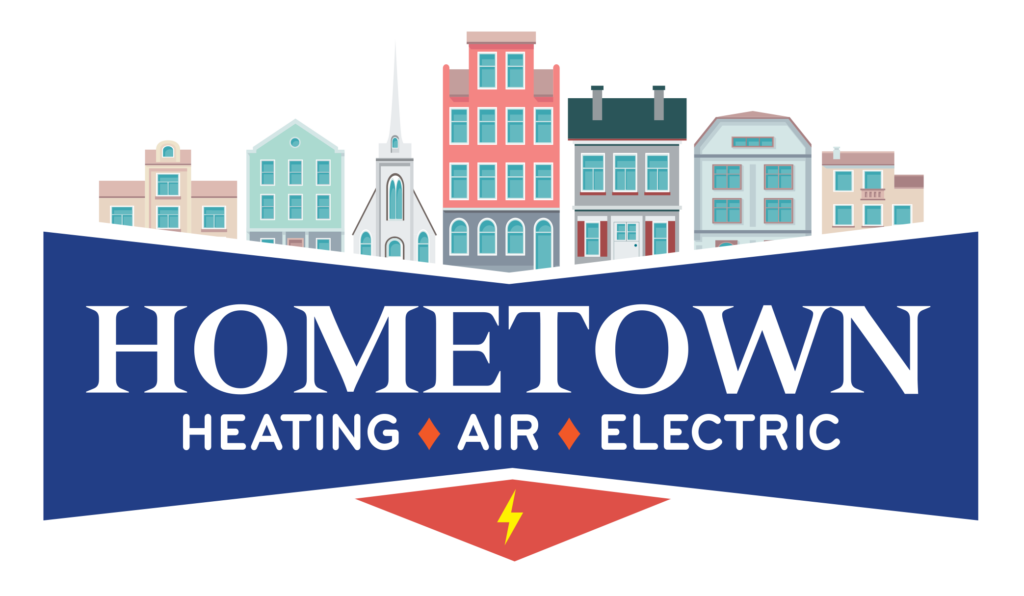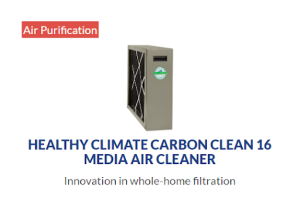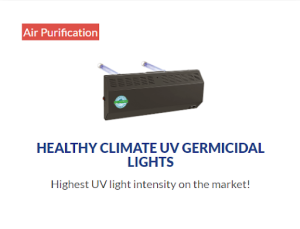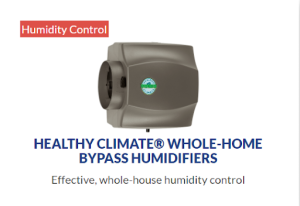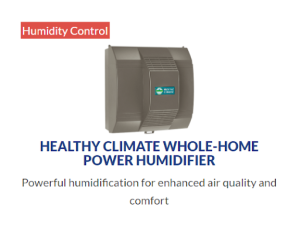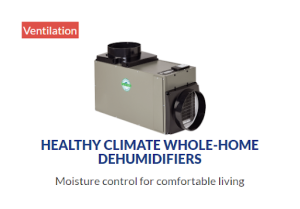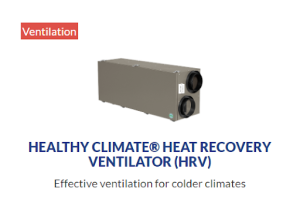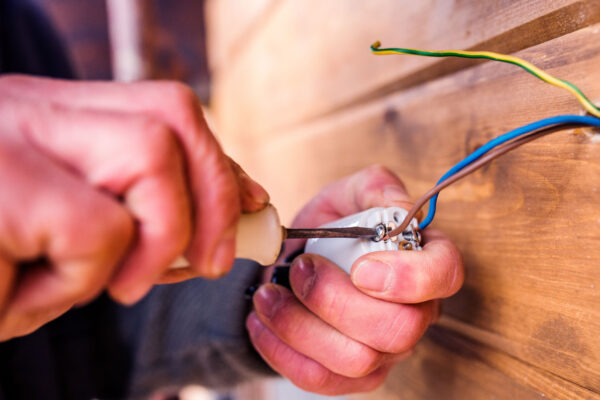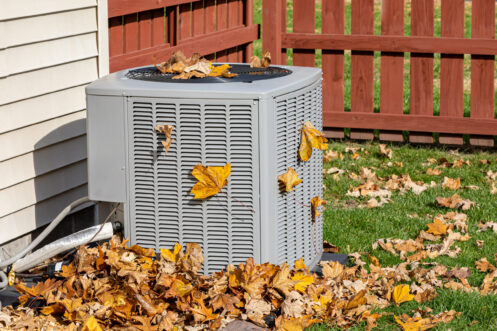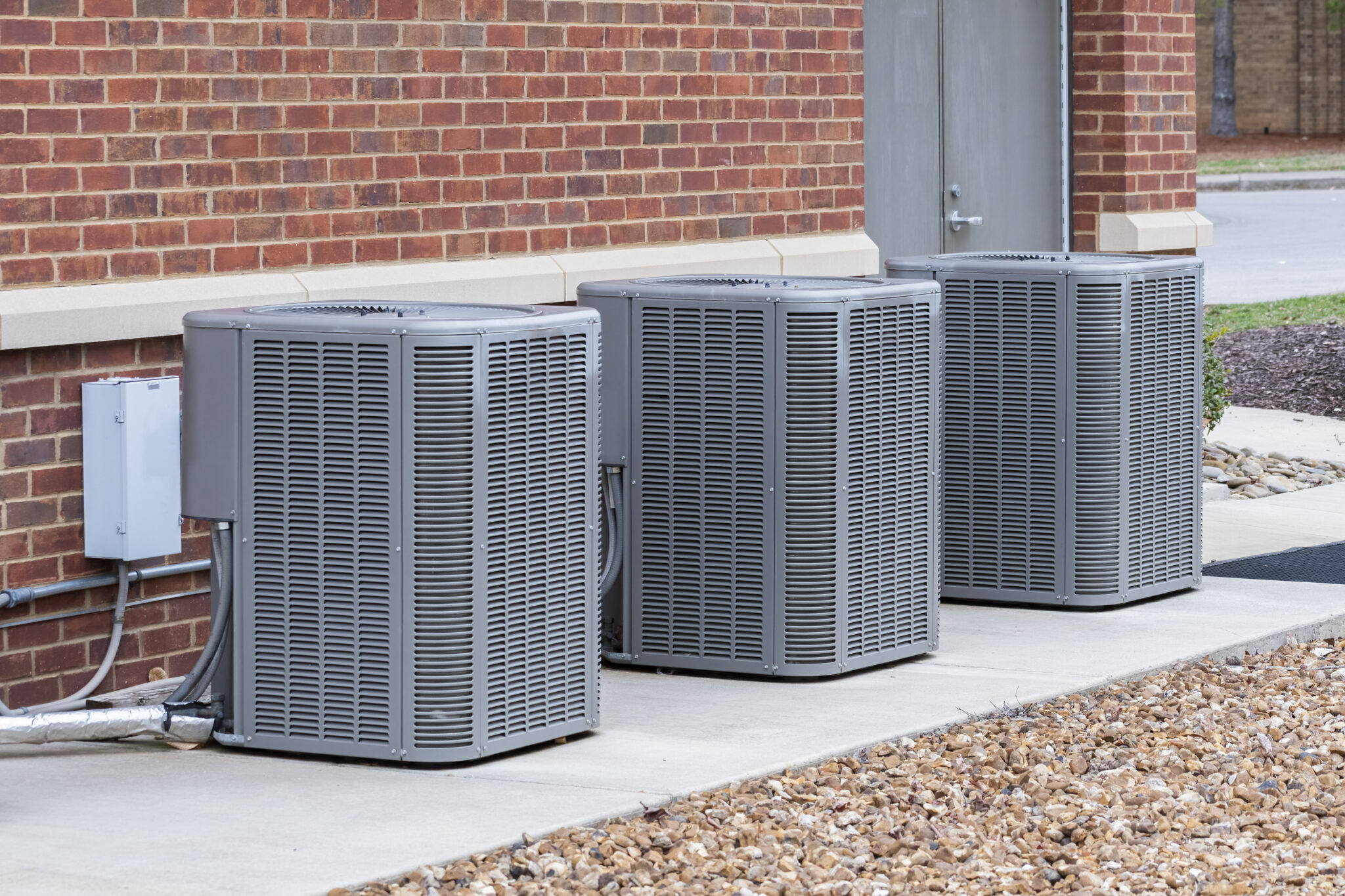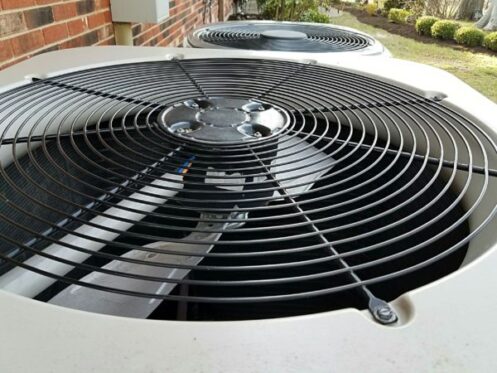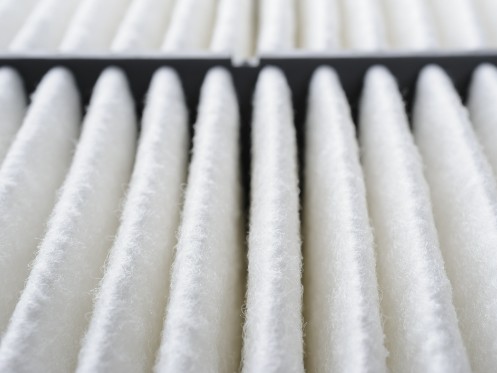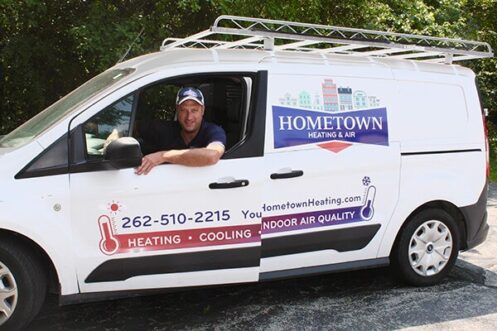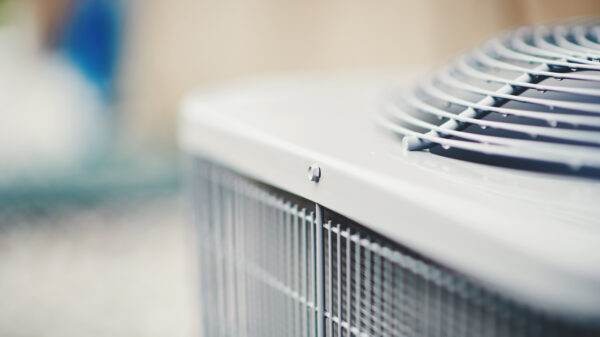As the warm summer months approach, it’s crucial to ensure your air conditioning system is in top shape to keep your home comfortable and your energy bills in check. Proper air conditioner maintenance not only extends the lifespan of your unit but also improves its efficiency, resulting in lower utility costs and a more enjoyable living environment.
In this blog post, we’ll explore five maintenance tips to help you prepare your air conditioner for the upcoming season.
5 Maintenance Tips to Ready Your Air Conditioner for the Summer
Beat the heat this summer with these air conditioner maintenance tips:
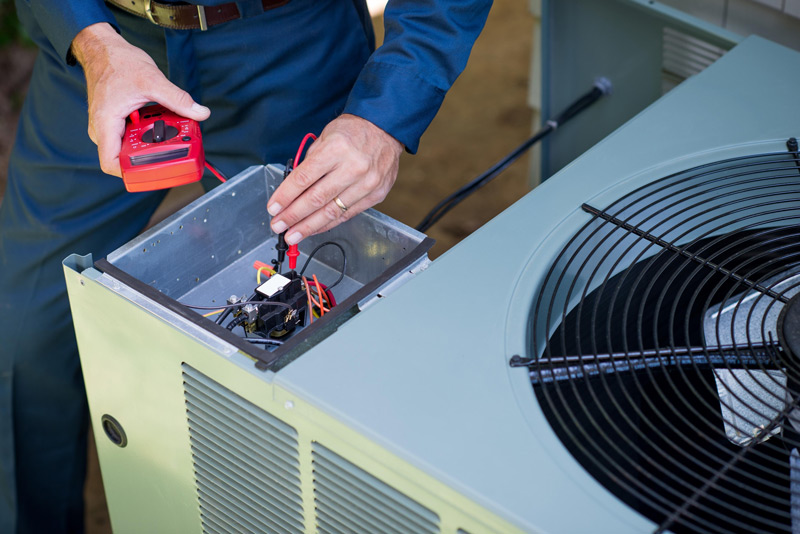
1. Schedule Air Conditioner Maintenance Tune-ups
One of the most important aspects of air conditioner maintenance is scheduling annual tune-ups with a professional HVAC technician. During a maintenance visit, a technician’s job is to ensure your system is ready to operate efficiently throughout the season. At this appointment, a technician will go through a series of checks, inspections, and cleaning on your unit, including the following:
- Clean the evaporator coil inside
- Inspect the coil to ensure there are no leaks
- Clean and inspect your circulating fan wheel
- Lubricate the fan motor
- Inspect and tighten the mounting bolts
- Inspect your electrical wiring and connections
- Clean and inspect the outside condenser
- Check the refrigerant level in your system
Regular maintenance can catch potential problems early, preventing costly breakdowns and extending the life of your air conditioner.
2. Clean or Replace Filters Regularly
Clogged or dirty air filters can significantly reduce your air conditioner’s efficiency and strain the system, leading to higher energy bills and potential breakdowns. Make it a habit to clean or replace your filters every one to three months, or as recommended by the manufacturer. This simple task can make a noticeable difference in your unit’s performance and indoor air quality.
At Hometown Heating, Air & Electric, we sell a variety of filters. Please visit our online shop to check out the filter options we offer.
3. Seal Any Openings Around Your Home
Air leaks around windows, doors, and other openings in your home can cause your air conditioner to work harder than necessary, wasting energy and money. These gaps and cracks act as pathways for cool air to escape and hot air to enter, forcing your AC unit to run longer and work harder to maintain the desired temperature. This not only drives up your energy bills but also puts unnecessary strain on the system, potentially leading to premature wear and tear or even breakdowns.
Take the time to thoroughly inspect your home for any air leaks. Common culprits include gaps around window and door frames, electrical outlets, attic hatches, and any cracks or holes in walls, floors, or ceilings. Use caulk or weatherstripping to seal these openings, effectively creating an airtight barrier that prevents air exchange between the inside and outside of your home. Cool air will stay where it belongs, inside your living spaces, while hot outdoor air will be kept at bay.
4. Utilize Your Thermostat Efficiently
Programming your thermostat properly can help you save energy and money while maintaining a comfortable indoor temperature. Here are a few tips to ensure you get the most use out of your thermostat:
- Set your thermostat a few degrees higher when you’re away from home or during sleeping hours.
- Make sure your thermostat is located in a suitable area, away from direct sunlight or heat sources, to ensure accurate temperature readings.
- Consider investing in a smart thermostat. Since they are electronic, programmable thermostats are more accurate and efficient than thermostats that contain mercury. With programmable thermostats, you can control the temperature in your home at different times of day without ever touching your thermostat.
And if you run into issues or inaccurate readings, Hometown Heating, Air & Electric is here to help! We can accurately troubleshoot any type of malfunction and can repair your thermostat if you run into issues.
5. Consider Upgrading to a New Unit
If your air conditioner is more than 10 years old or showing signs of frequent breakdowns, it may be time to consider upgrading to a new, energy-efficient model. Here are a few signs your AC may be due for replacement:
- Does not maintain set temperature
- Older than 10-15 years
- Facing costly repairs
- Increasing energy bills
- Uneven cooling in different rooms
At Hometown Heating, Air & Electric, we can install upgraded systems, such as split air conditioning systems and Energy Star models.
By following these air conditioner maintenance tips, you can ensure your system is ready to keep you cool and comfortable throughout the summer months.
Contact us today to schedule your annual tune-up with Hometown Heating, Air & Electric today and enjoy a worry-free summer.
